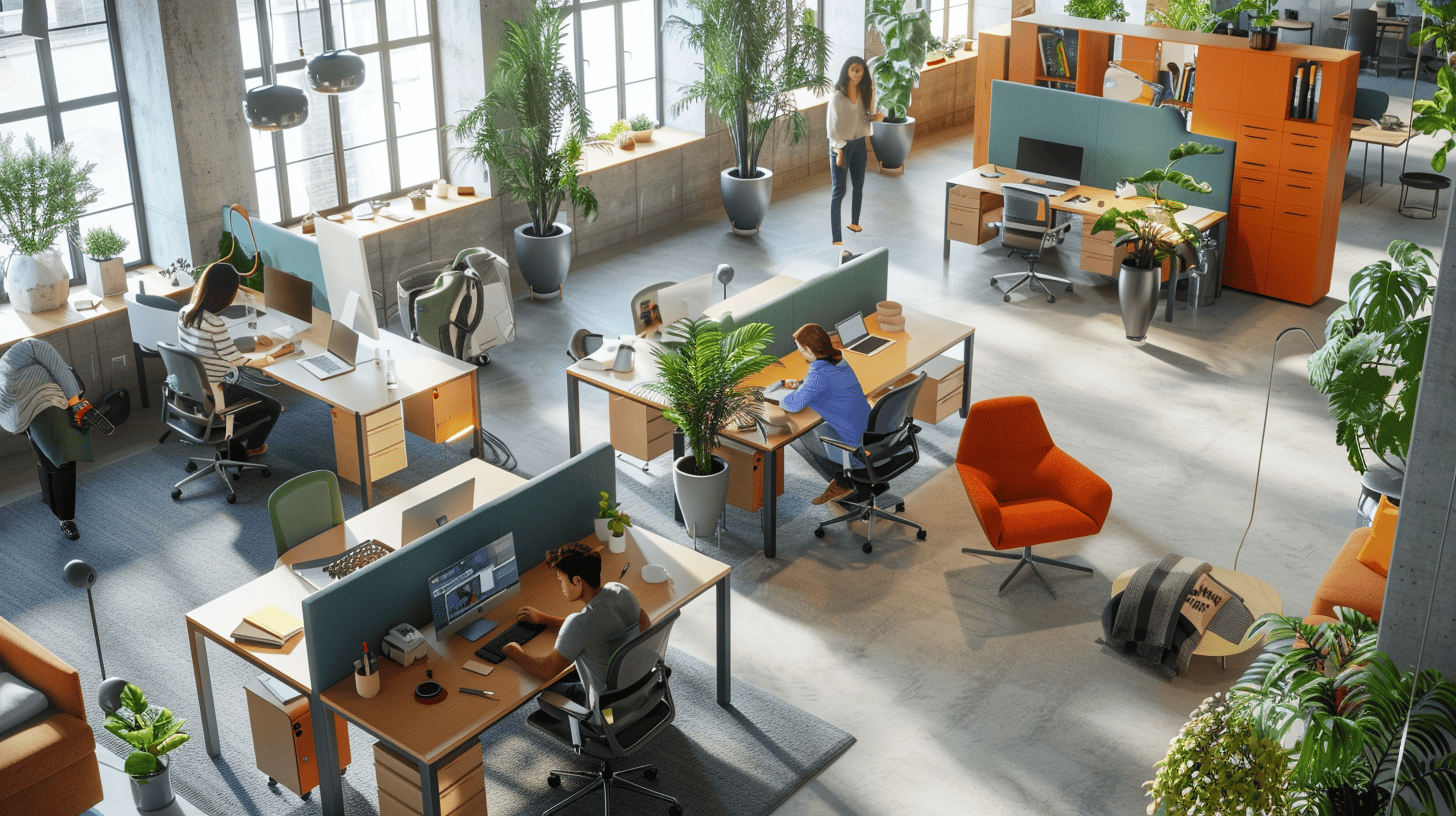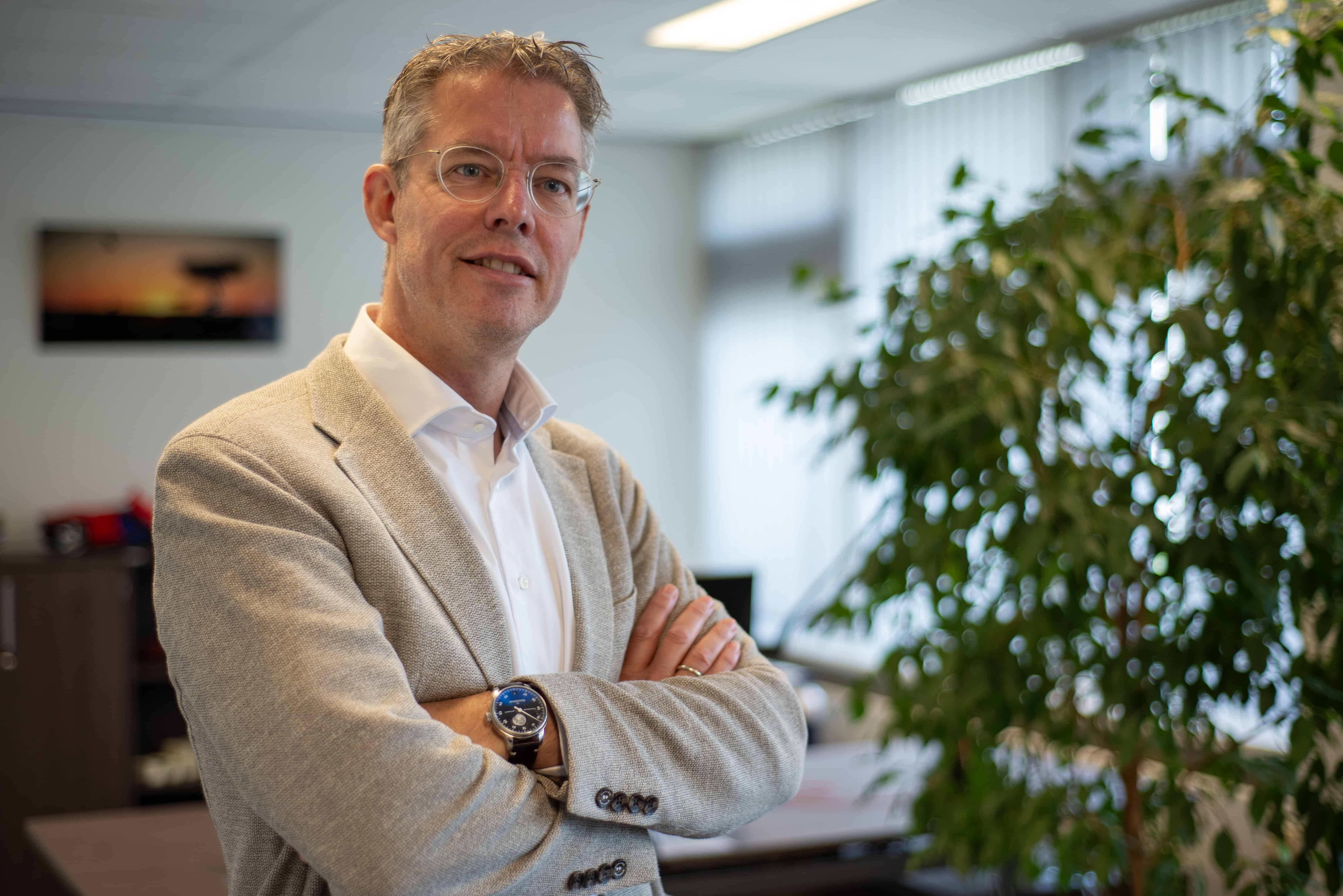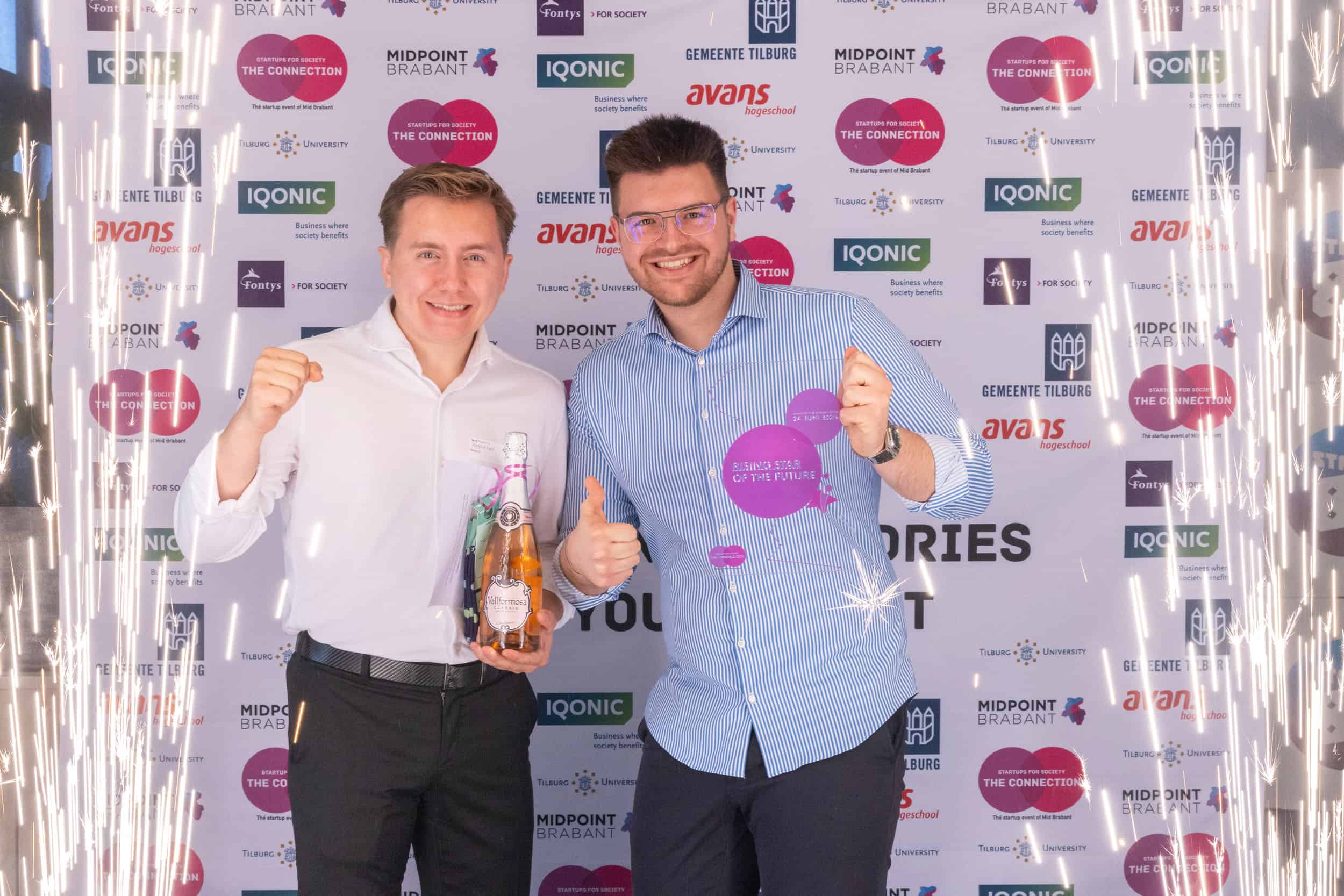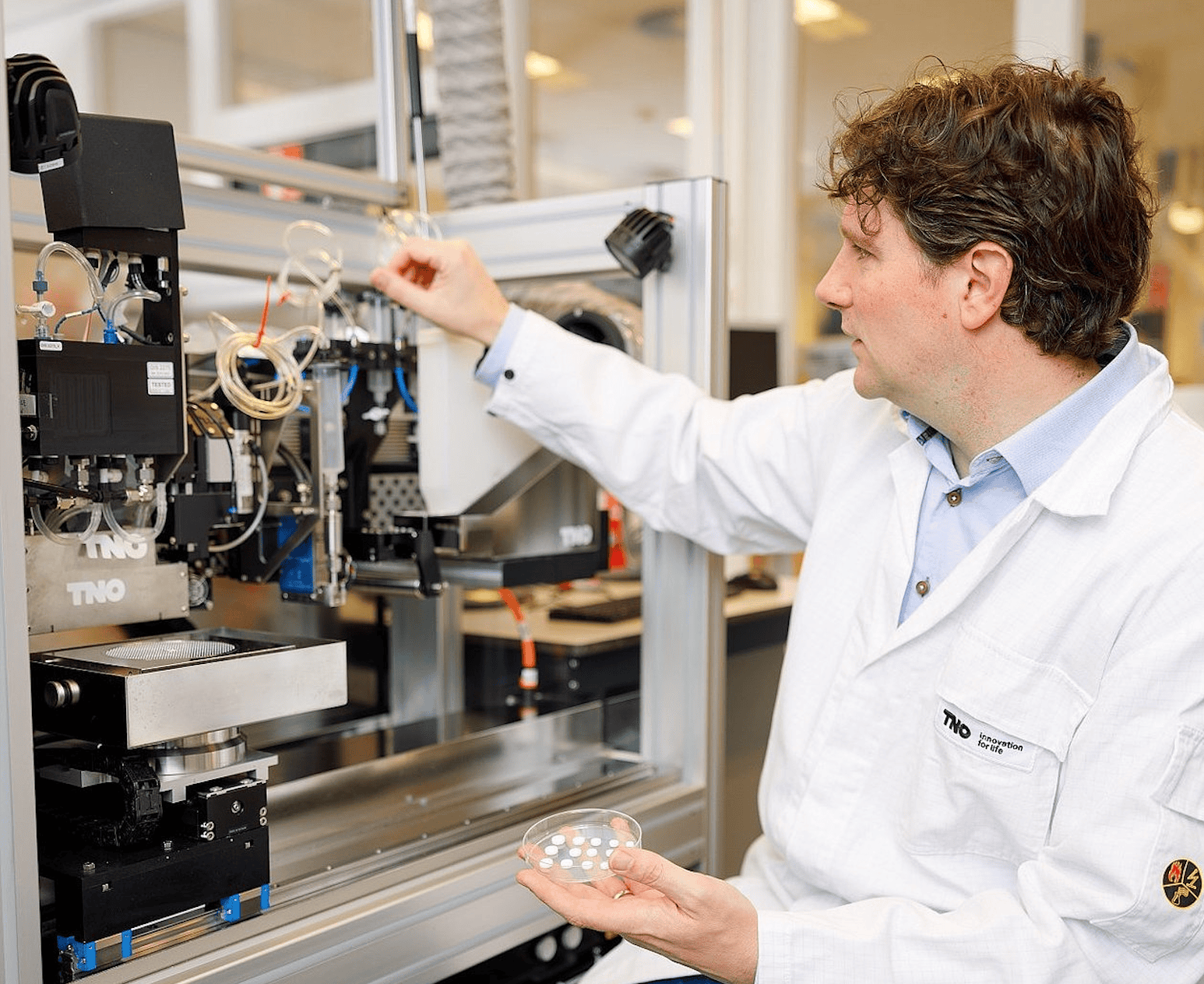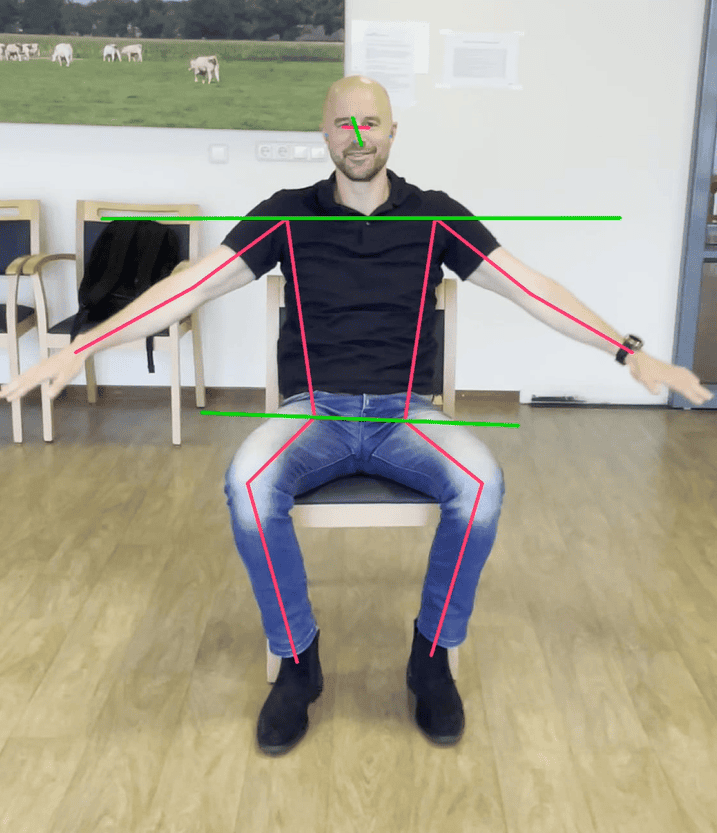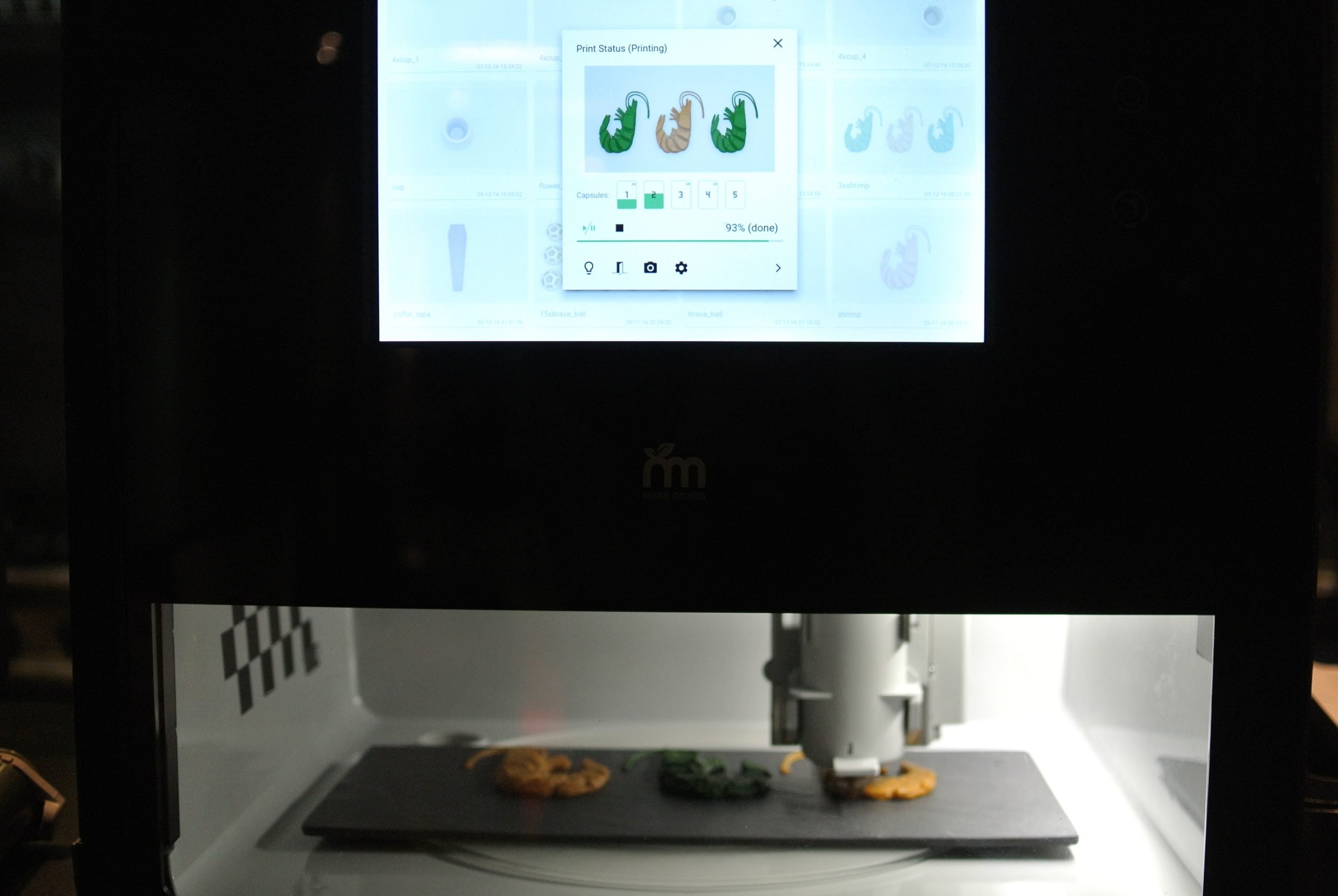
The Spanish start-up Natural Machines offers state-of-the-art technology that allows you to make your favorite meals and food in a quick and easy way using a 3D printer.
Their machine, Foodini, is a 3D food printer/kitchen appliance that enables you to customize food, eat healthier, improve efficiency in your kitchen and lower food waste. Not only can Foodini make your cooking more adventurous by creating elaborate designs and printing precise portions and shapes, but it can also provide a quick solution for more complicated dishes like ravioli – in just 3 minutes. You select the fresh ingredients and Foodini prints them off so that they’re ready to be cooked.
Natural Machines also helps to cut down on food waste. Because you can add any leftover food to the machine and it will print it out. Which avoids having to get rid of any perfectly good food which may have lost its appeal.
In order to find out more about this start-up (which is already supplying over 50 countries and has offices in New York, Milan and Beijing), Innovation Origins spoke with co-founder and CMO, Lynette Kucsma.

Can you tell me about the very beginnings of this start-up?
We started about 7 years ago. Actually, at first we didn’t set out to do something new and cool like print food with a 3D printer. We saw an issue in the food industry and 3D printing was one of the best ways to resolve this. It all started because of a friend of ours. Most companies start out with a friend’s problem. Our friend had a bakery in Spain. She wanted to expand to other countries but it turned out that the costs were prohibitive. Not because of the ingredients or labor, but because of manufacturing and shipping. The idea was to create miniature food manufacturing equipment, so to speak. Which is in essence a 3D printer. And that is how the idea started. But then it quickly grew from there. We thought about it and well, if we can actually create miniature food manufacturing equipment, why can’t we do that for private kitchens and give people the capability to recreate things that they currently buy in the supermarket? With the added advantage of using their own fresh ingredients?
What sort of challenges did you encounter at the beginning, e.g., when looking for investors?
When we set up the company, we weren’t initially looking for investors. We actually invested a lot of our own money. You kind of have to believe enough in your own idea to be willing to put your own finances on the line. That was something that we were definitely willing to do. Of course, during the very early days there were major hassles. 3D printing as a concept has more or less been around since 1980. The technology itself is not really new, but the concept of reducing it in size to such an extent and creating an appliance that uses all types of food is definitely brand new. It’s quite complex. 3D printing food is not as easy as it looks. It is a bit like your mobile phone. As in, it looks very simple yet it is very complicated to build. One of the other advantages of what we do, is that it’s not just a 3D food printer. Foodini is also an Internet of Things (IOT) kitchen appliance, it’s connected to the web. Which means you can update it so that you have the latest technology, similar to how you continually update your phone.

What has been your most rewarding moment so far for Natural Machines?
Well I’ve had several so far. One time was, of course, when CNN named me as a tech superhero a couple years ago. I felt really honored. But I also get really thrilled when people see what we do and they really appreciate it and see a future for it. For example, sons and daughters of seniors in hospitals and care centers came to us during the test sessions and told us how their parent absolutely loved it. That it made them feel much better when it came to eating food. That was really rewarding.
What advice can you give for someone starting up in entrepreneurship?
I have plenty of advice. But if you are going to become an entrepreneur, you really have to believe in what you do. And that it really resonates with you. Nevertheless, I would also tell people: yes, you do need to make a plan – just don’t plan too many things. By that I mean, there may be something ambitious that you want to accomplish. It’s just that there are other opportunities that might take you in a different direction. So, if you’re strictly following a plan, you might say no to those opportunities. And that could be a mistake. At least it would have been for us. Therefore, keep your mind open to other things that might be happening around you.
How does the next five years look like for Natural Machines?
We are actually thinking 10-15 years down the road. We have got quite a long term vision. So, yes we do 3D food printing. But our main motivation as a company involves innovative kitchen solutions. And we use the United Nations Sustainable Development Goal 12 as our guiding principle. This concerns itself with sustainable consumption and production goals. Our main aim is to produce supplementary kitchen appliances that will help people lower food waste and take the food sustainability route. That’s how we visualize things will be 15 to 20 years down the road.
In the short term we are working on the design of the second version of our product. Which means that apart from printing your food, it will cook it as well. So, for example you will be able to make, bake and ice – your Christmas cookies with one kitchen appliance.
Also take a look at this Dutch specialist in 3D food printing: byFlow


